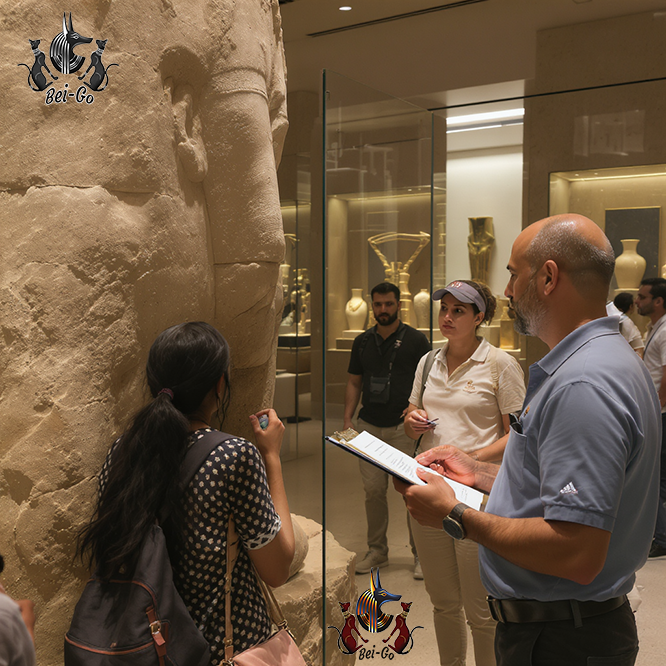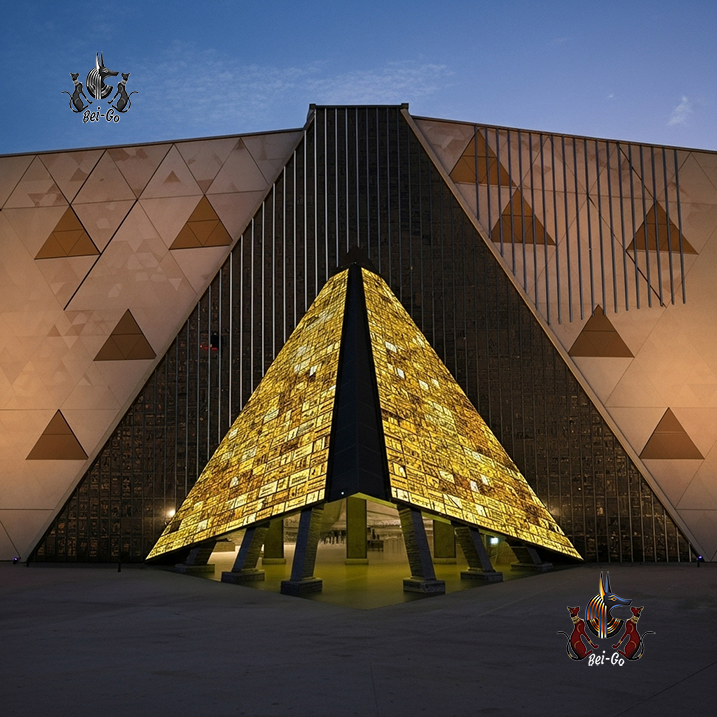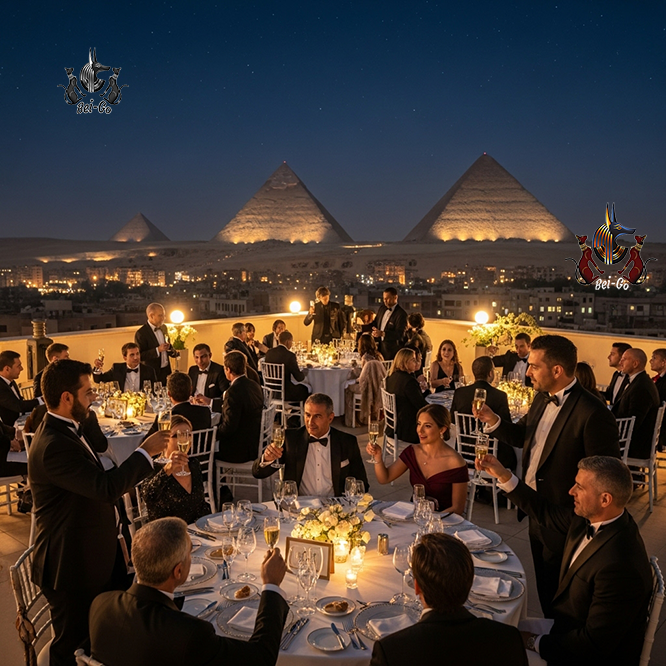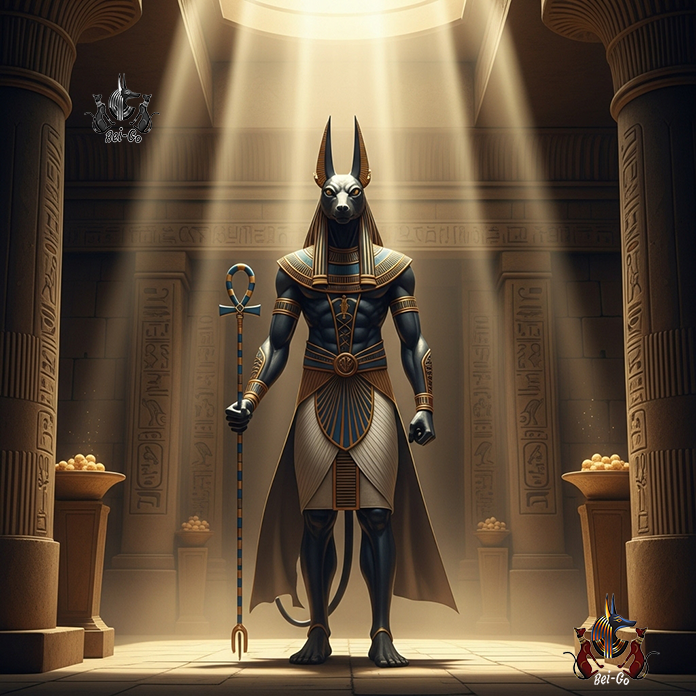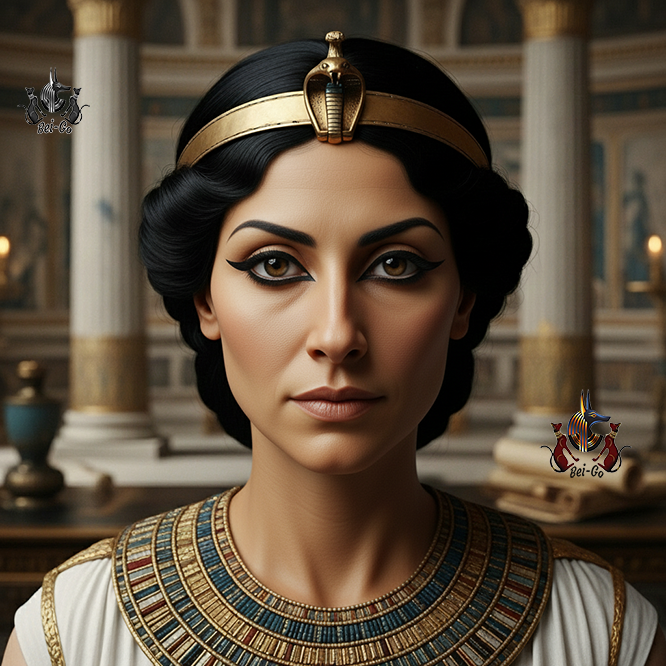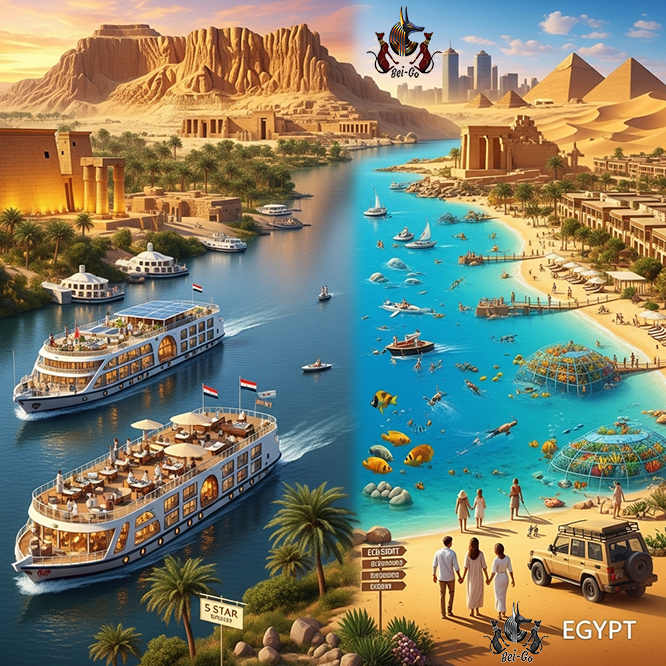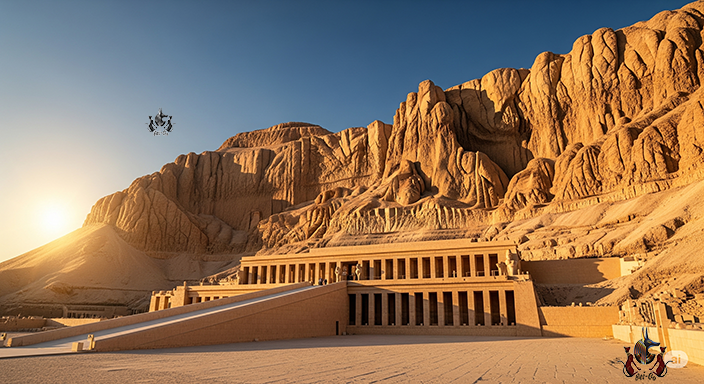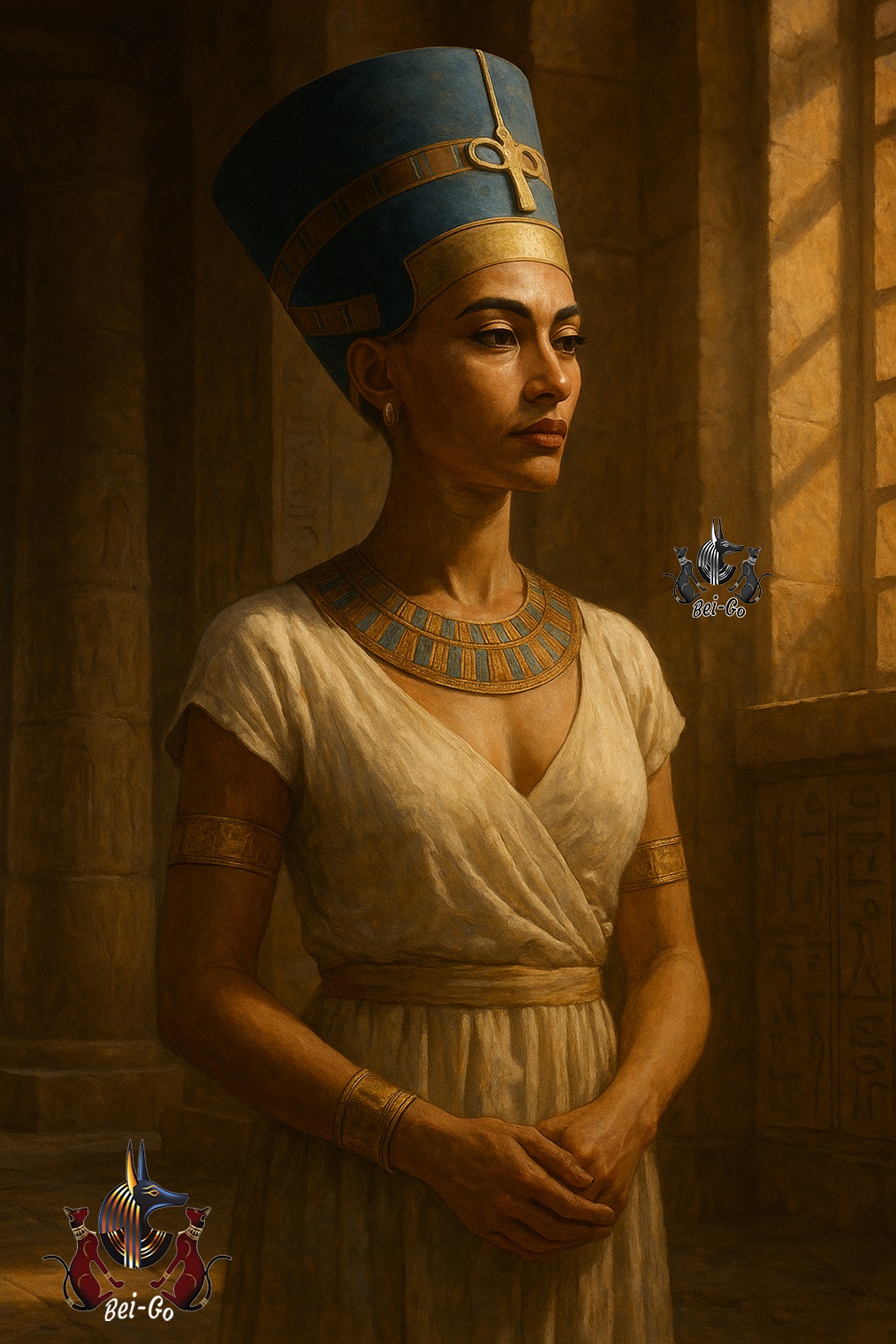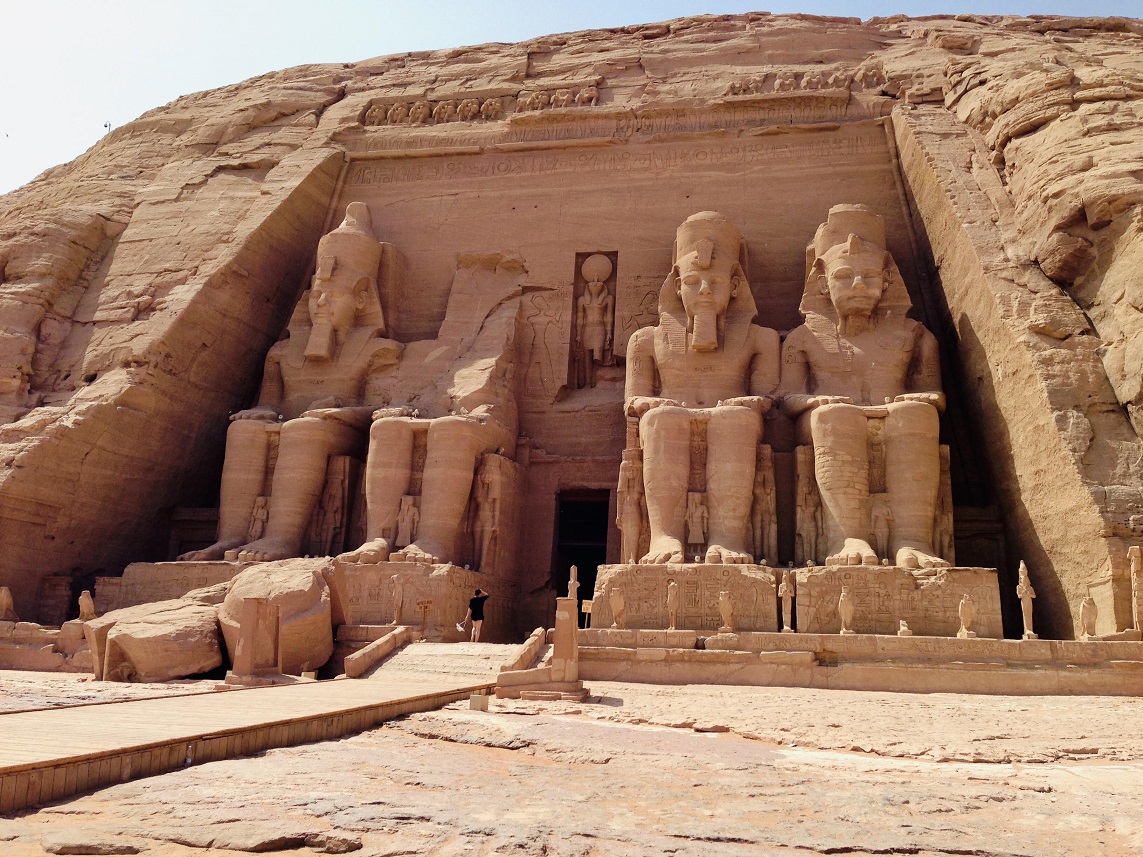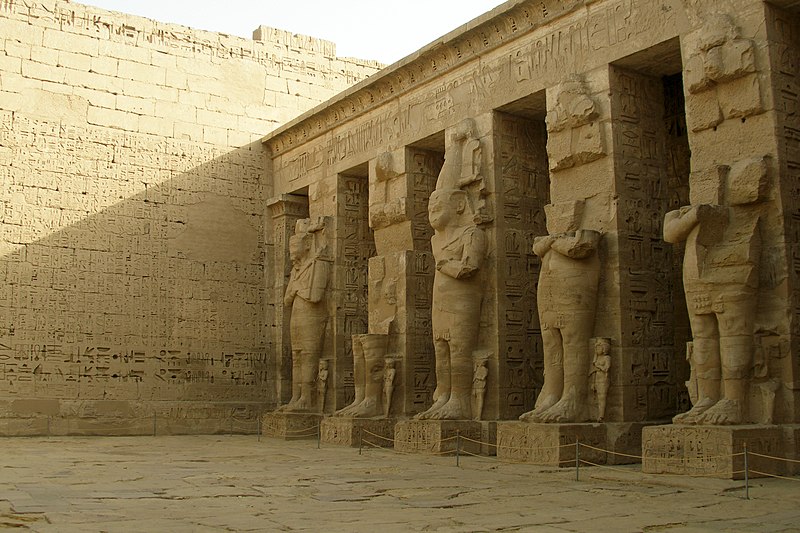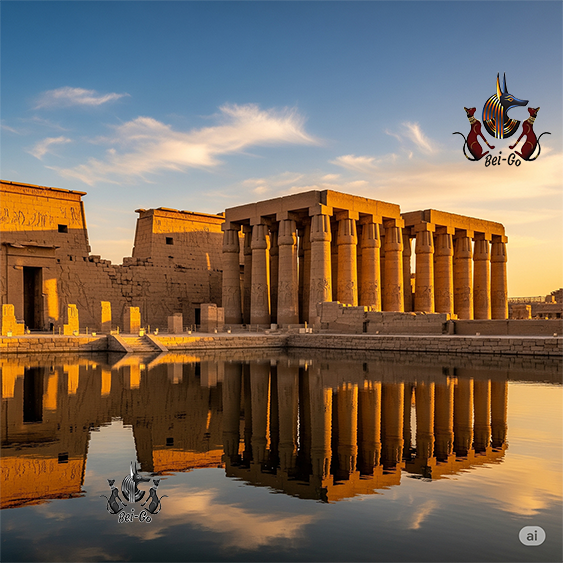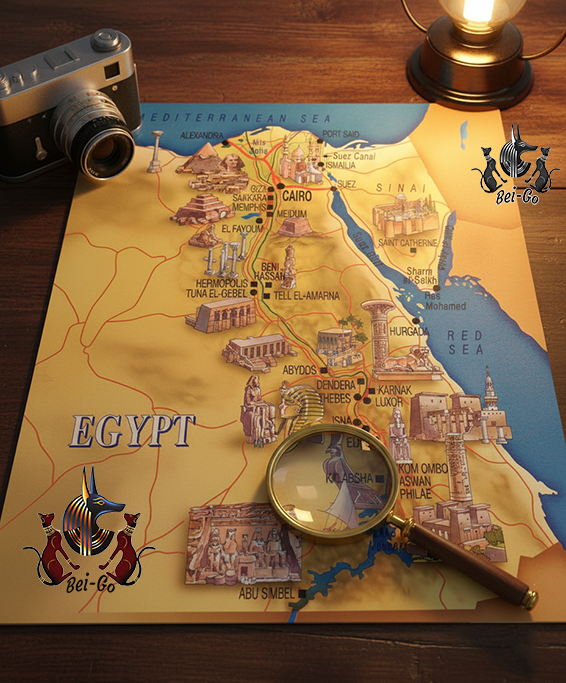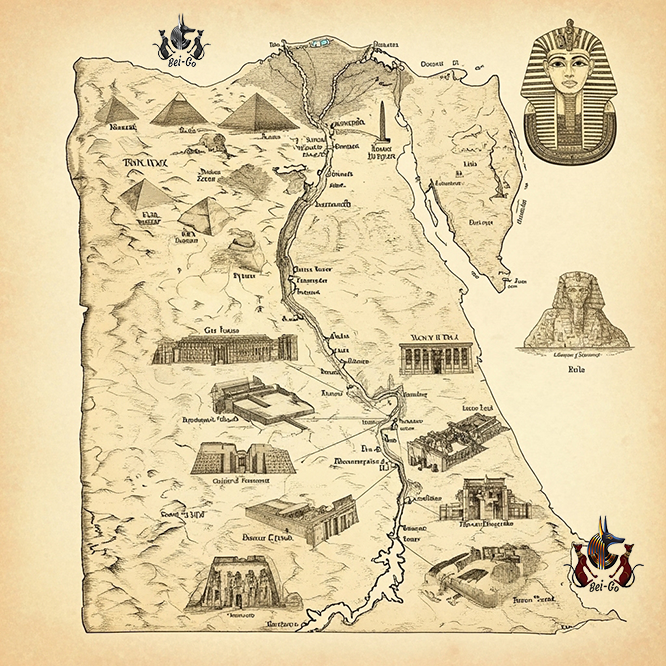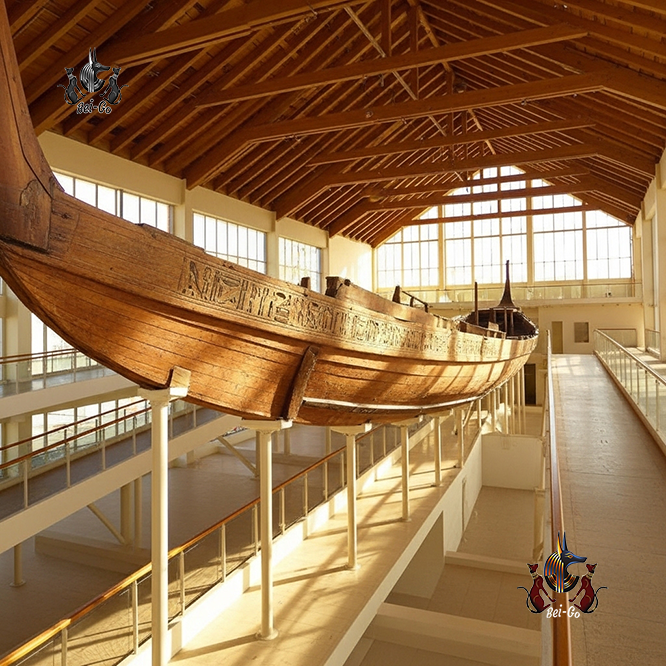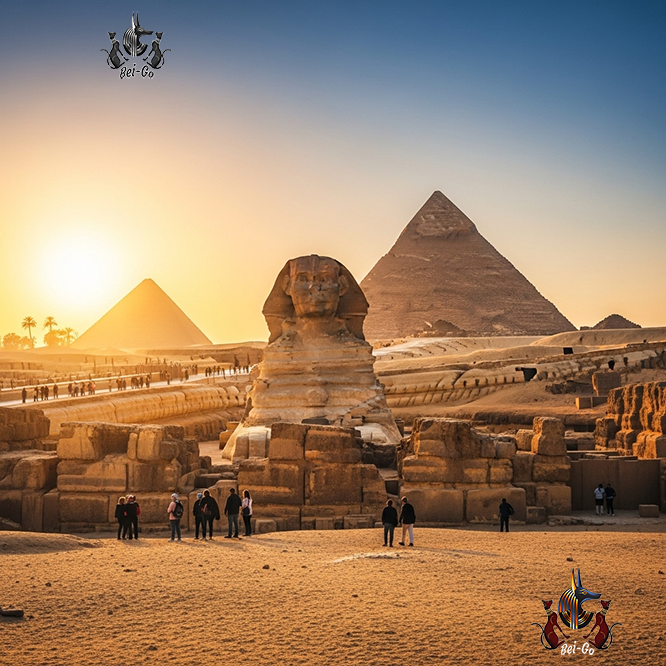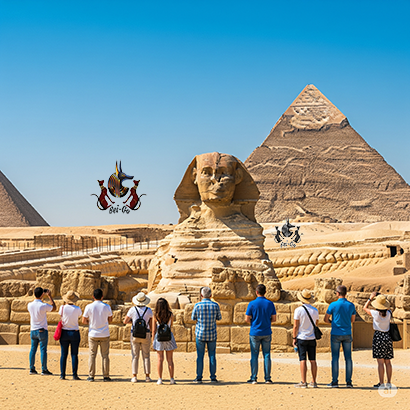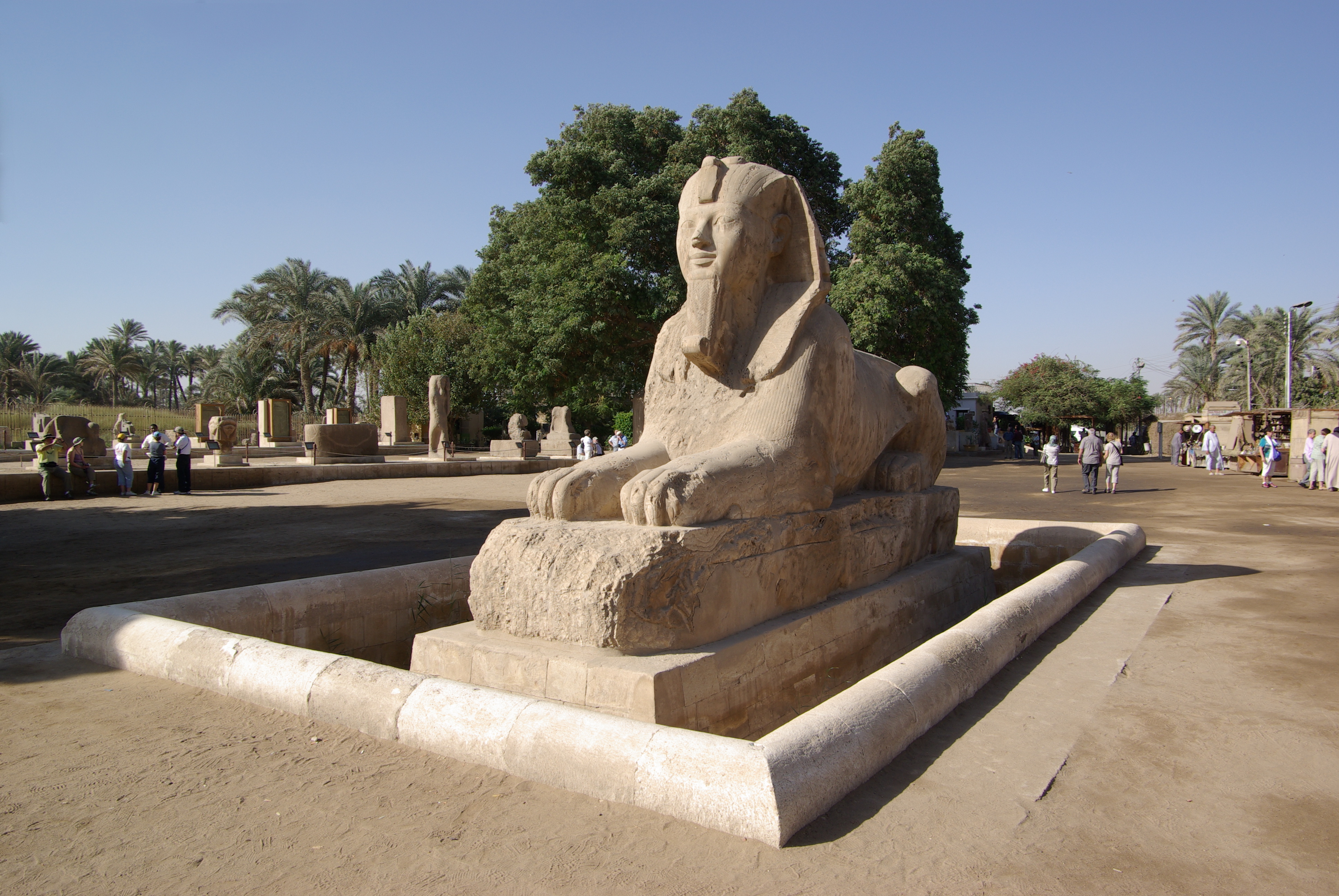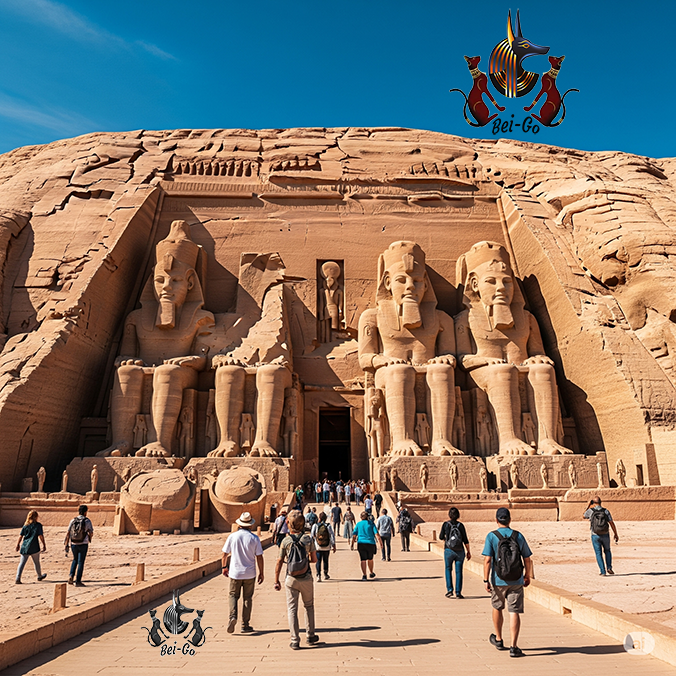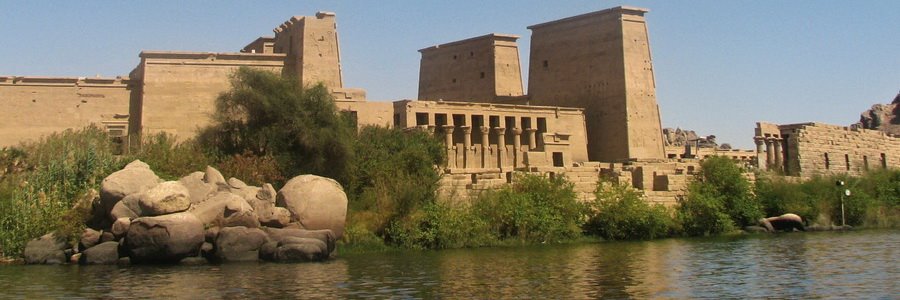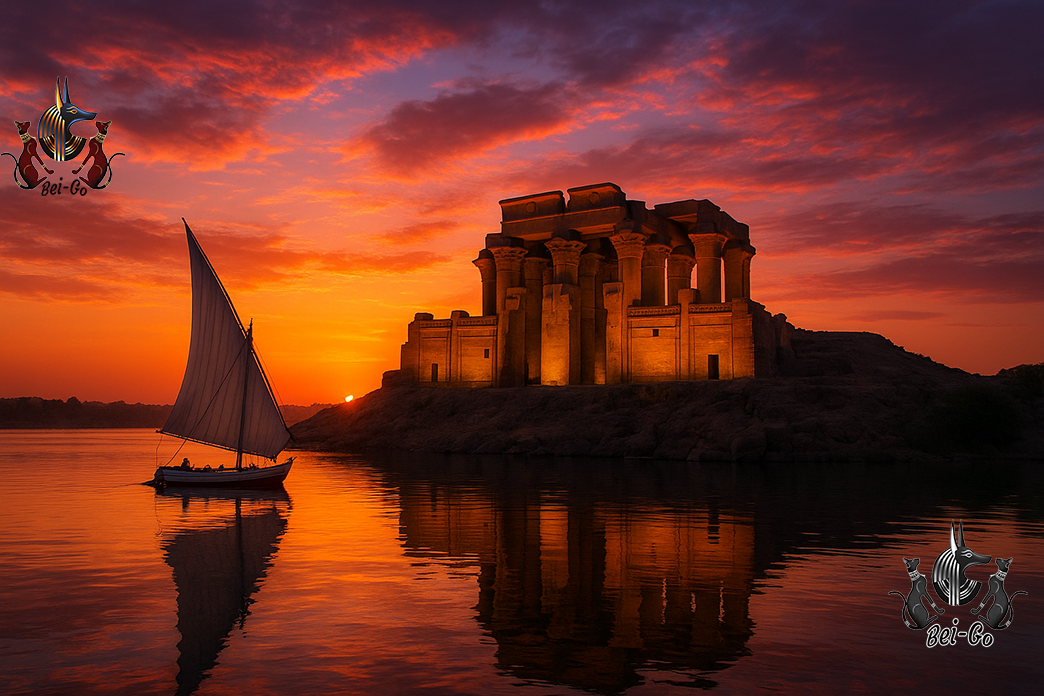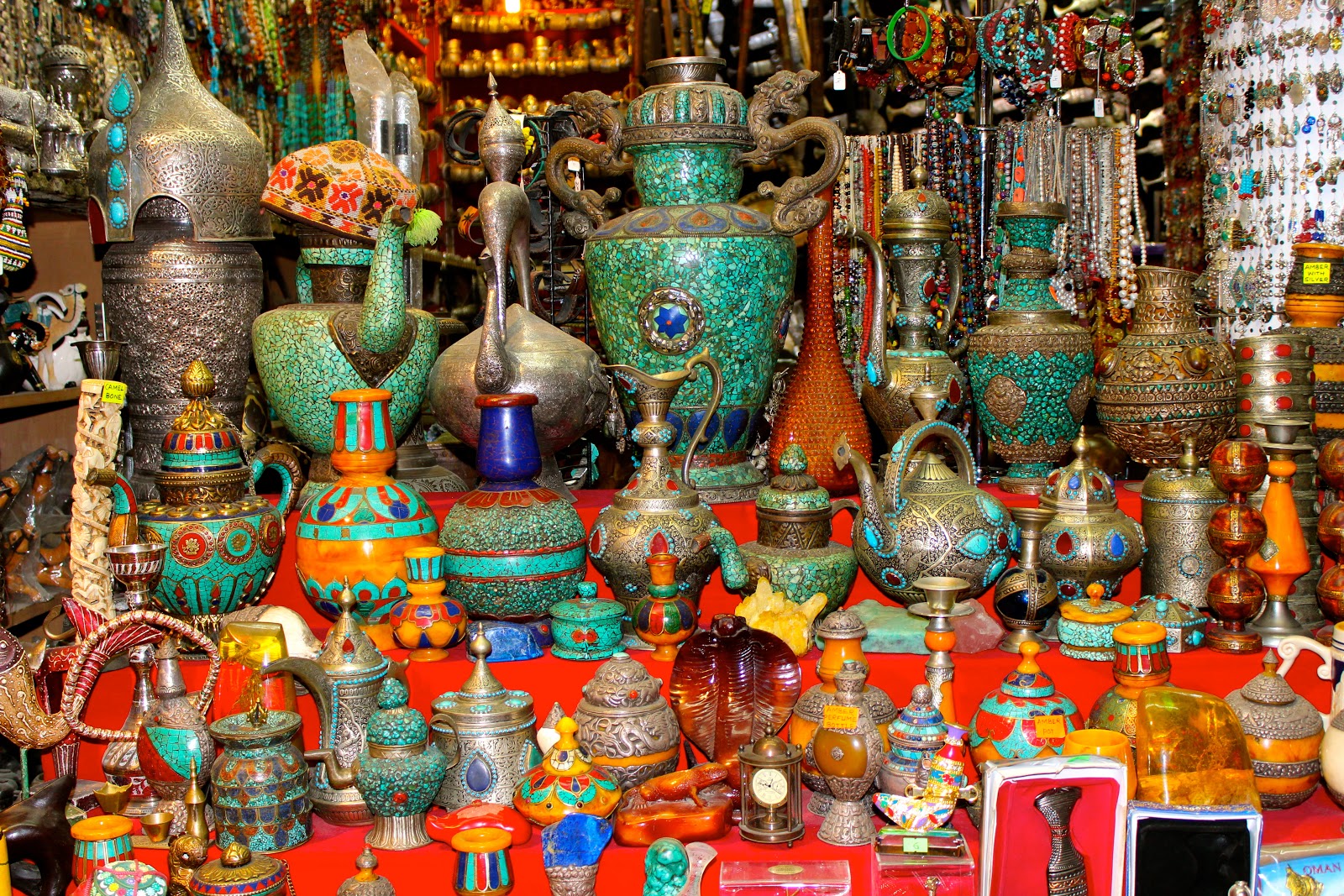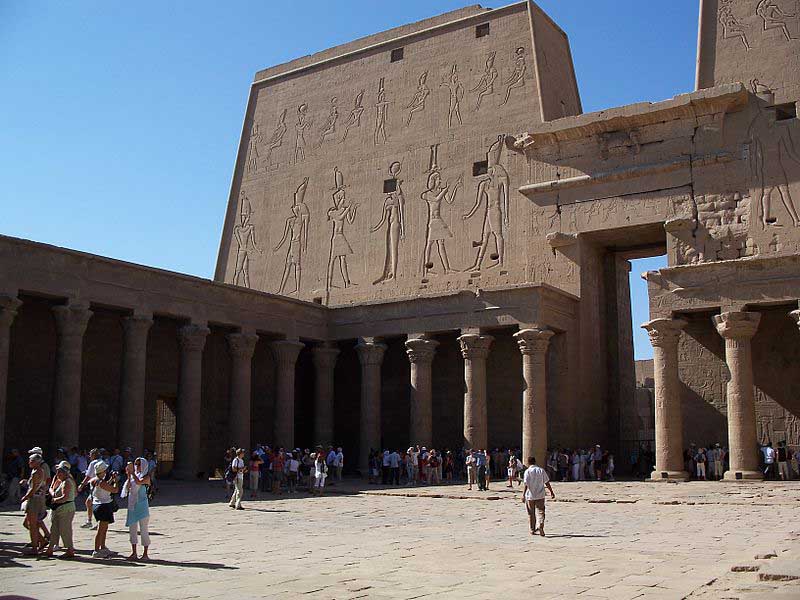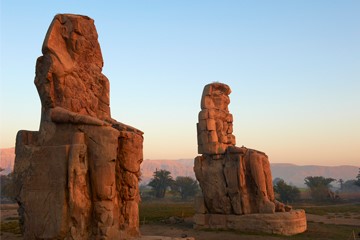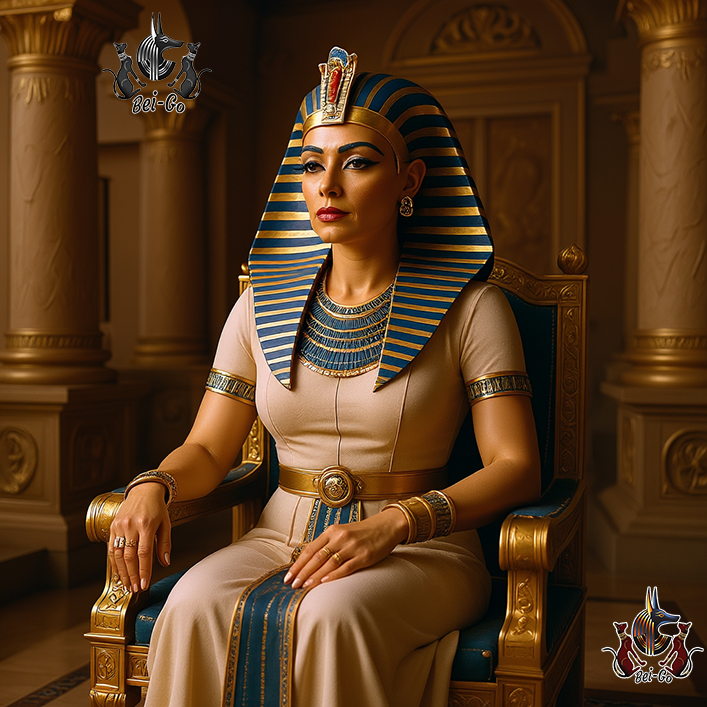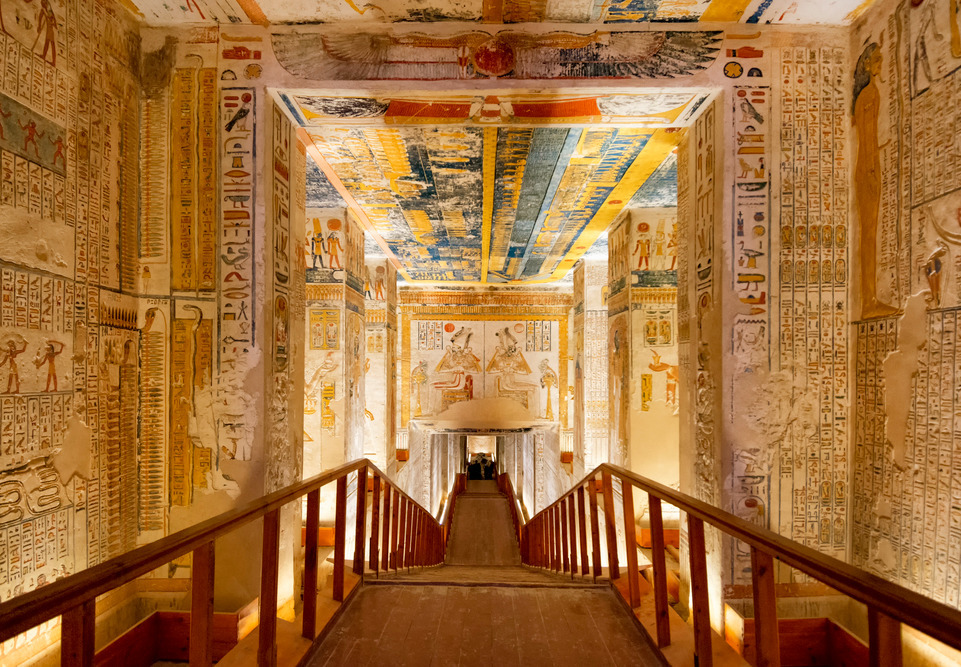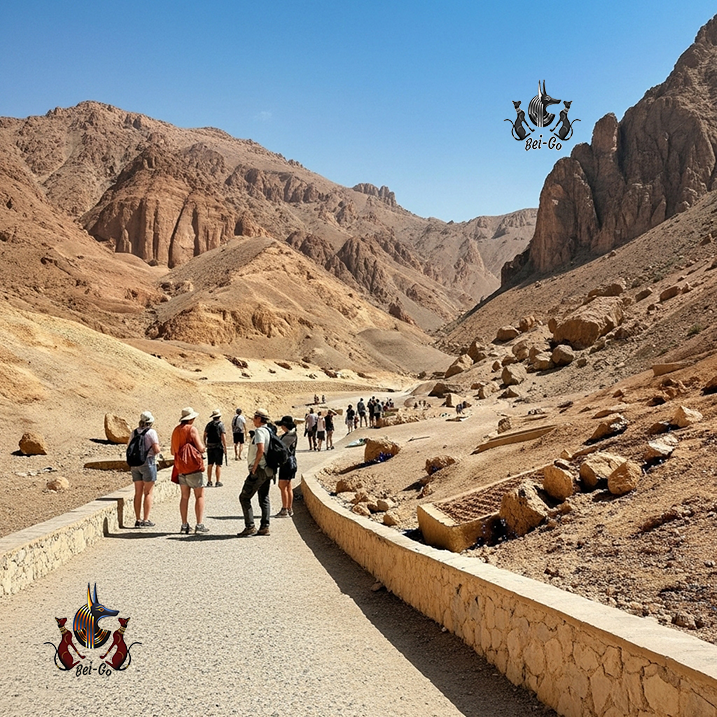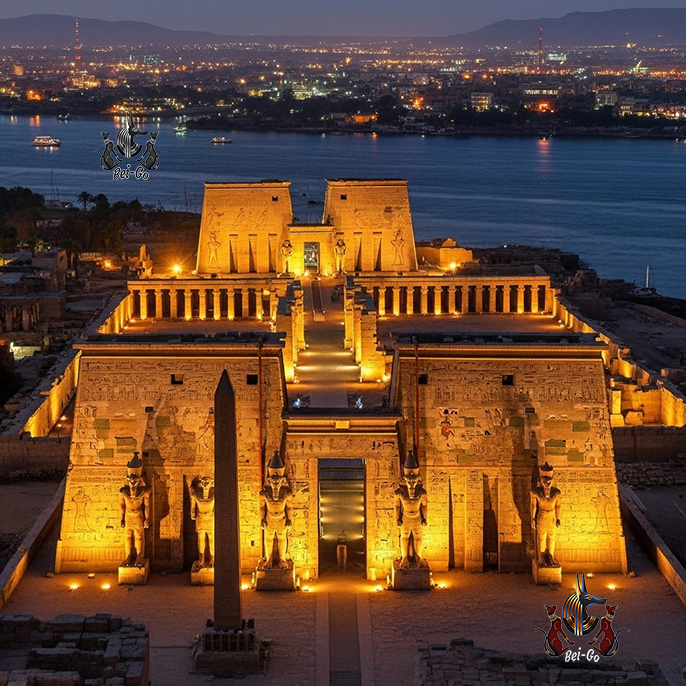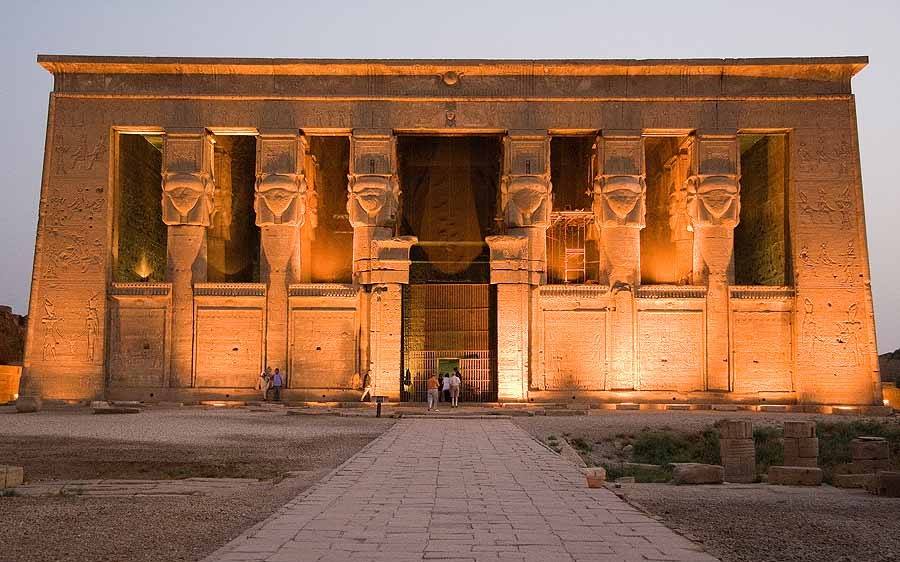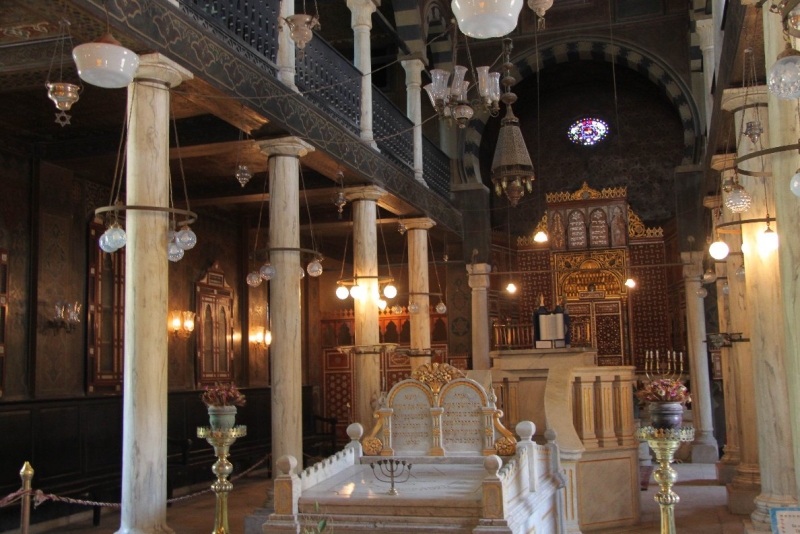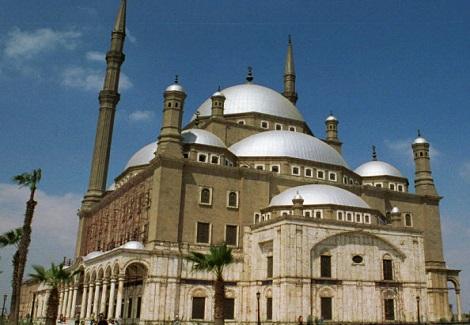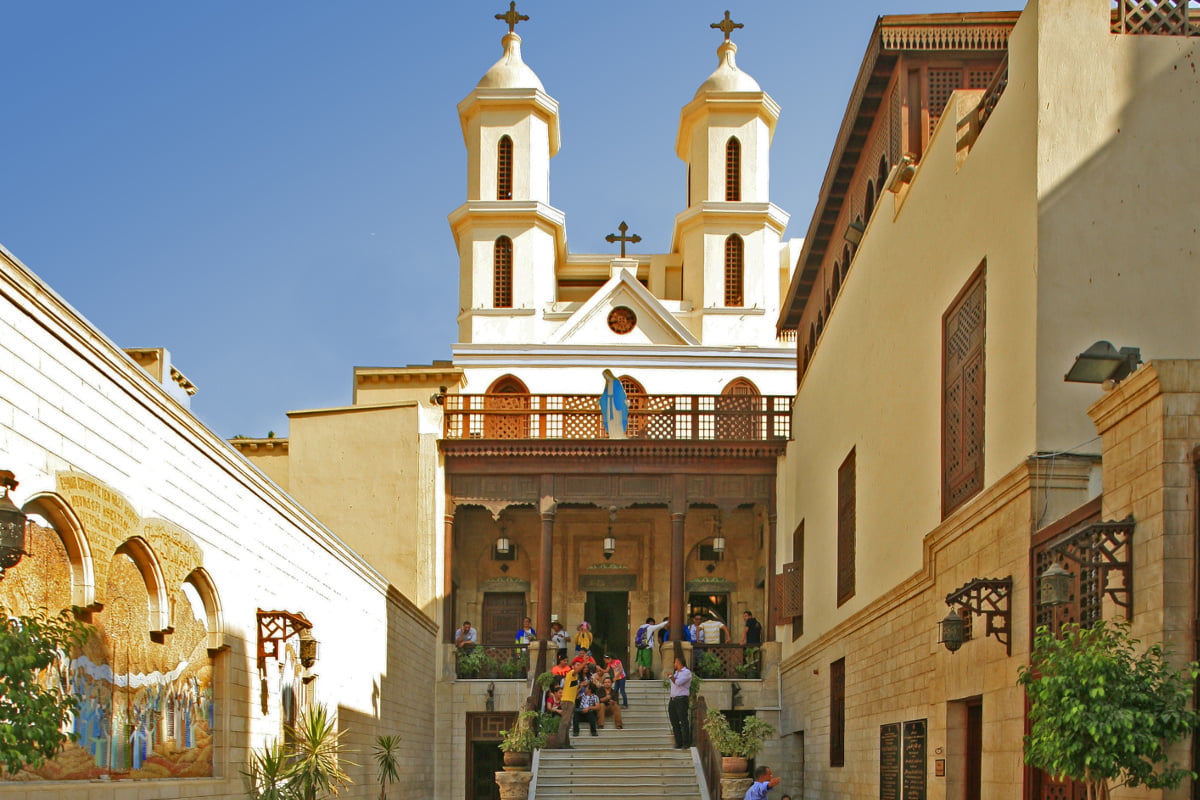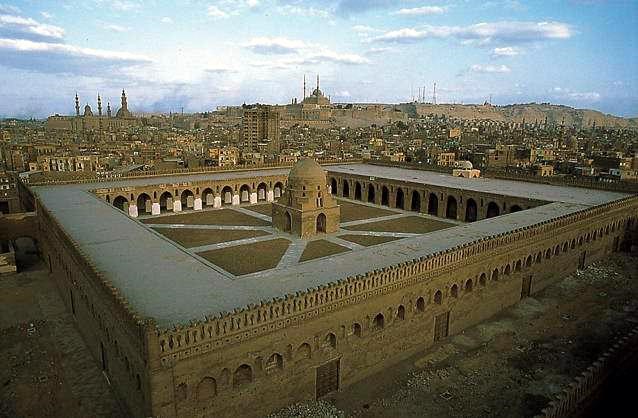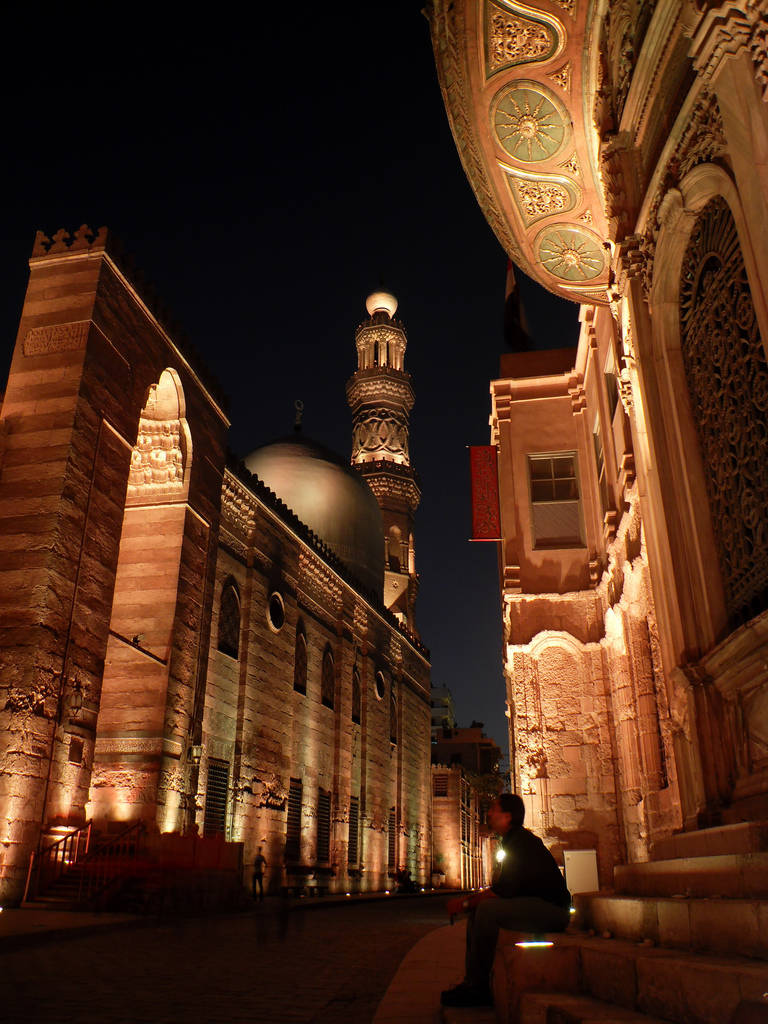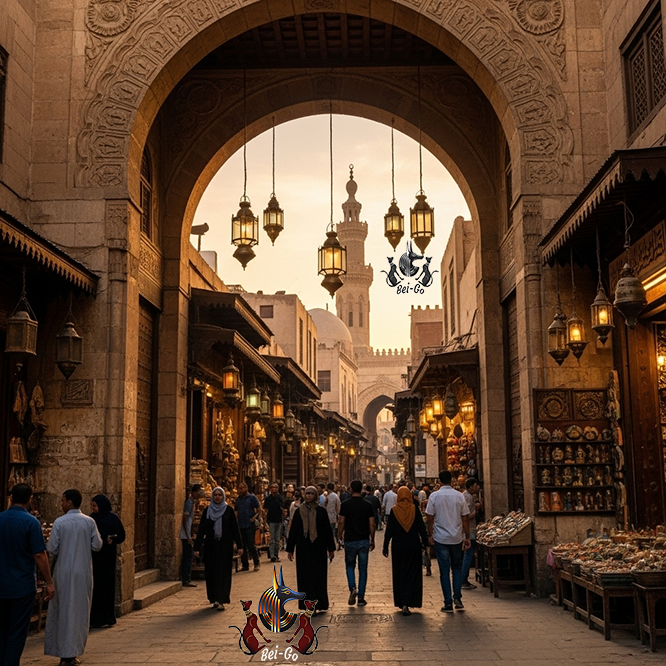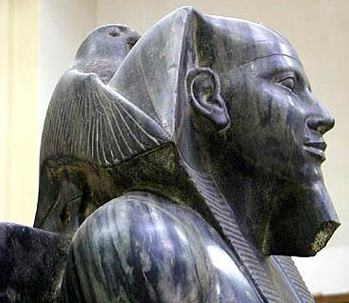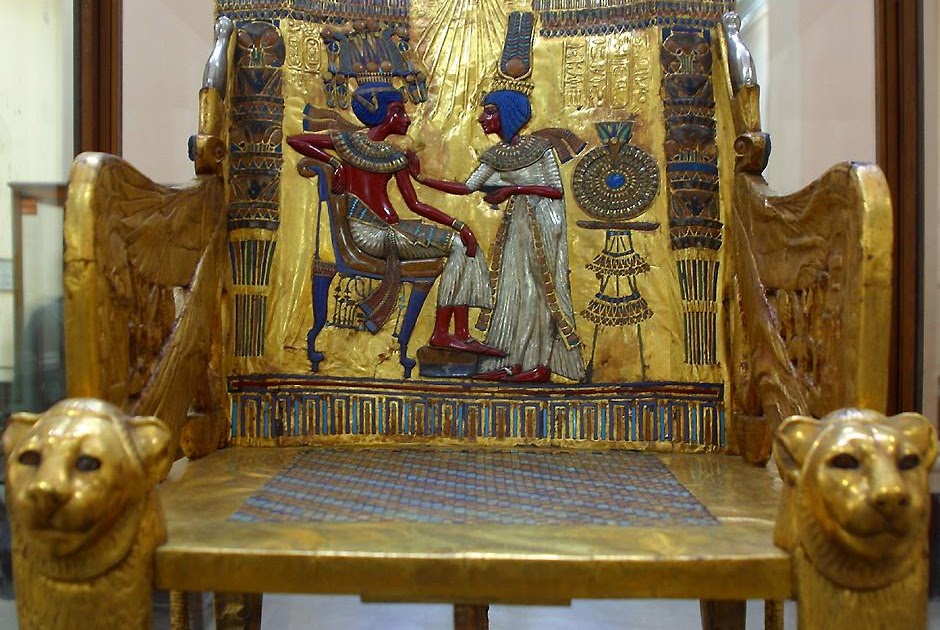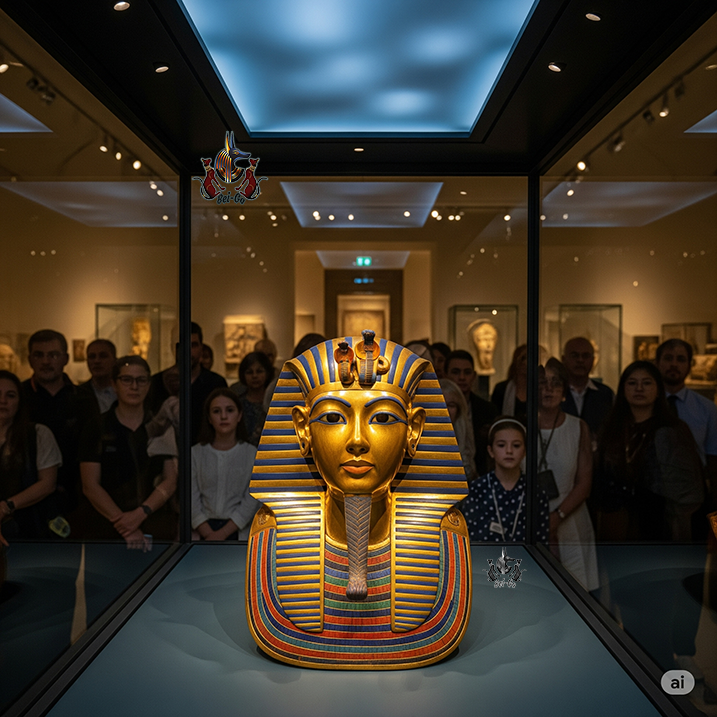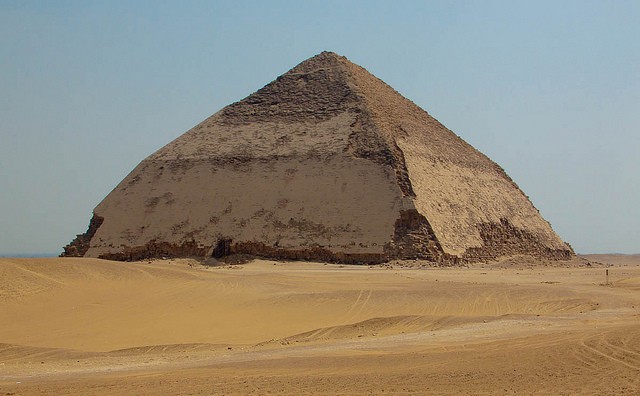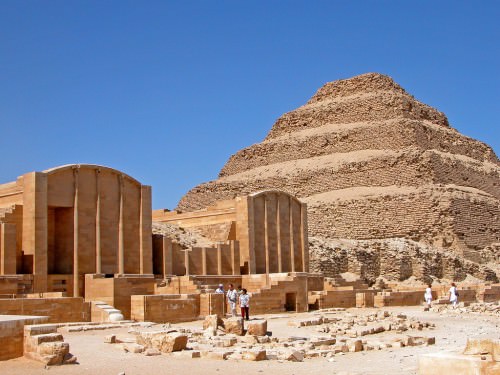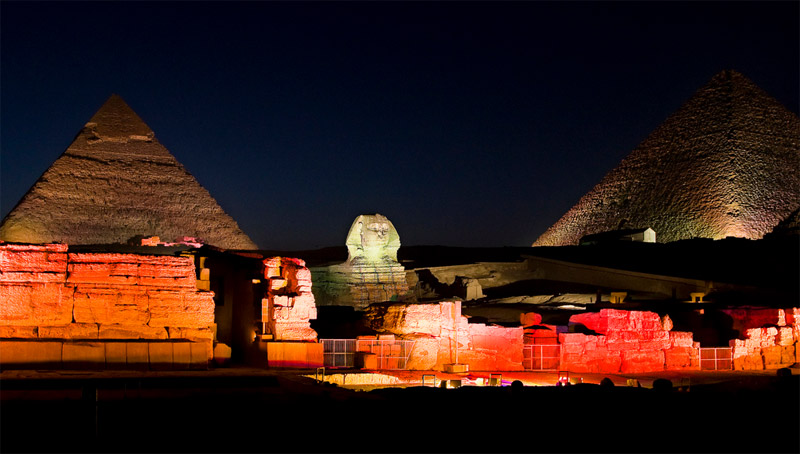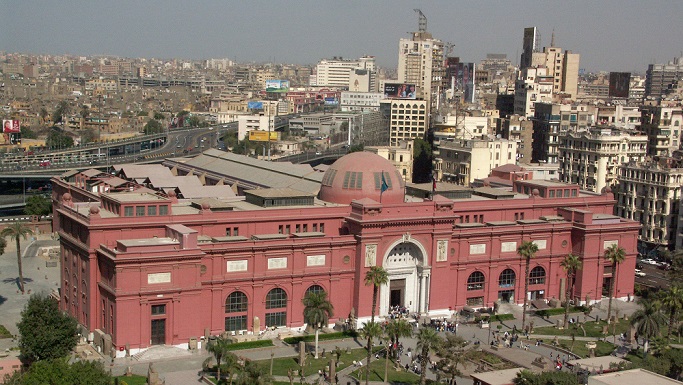
Egyptian Museum Cairo: A Journey Through Time

Gateway to Ancient Egypt
Nestled in the vibrant heart of Cairo’s Tahrir Square, the Egyptian Museum stands as a monumental gateway to the past and one of the world’s most extraordinary cultural landmarks. With a breathtaking collection of over 120,000 artifacts, it invites visitors on an immersive journey through more than 5,000 years of Egyptian civilization. Here, awe-inspiring statues, meticulously preserved mummies, and everyday relics weave together the story of a culture that shaped global history. Each gallery unfolds like a chapter, revealing masterpieces of craftsmanship—from towering pharaonic figures to delicate papyrus fragments—that offer profound insights into the daily life, spiritual beliefs, and unparalleled power of ancient Egypt. For those craving deeper understanding, expert-guided tours transform the experience, breathing life into these silent treasures through vivid storytelling and rich historical context. More than an educational exploration, the museum delivers a deeply emotional journey, forging an unforgettable connection between the past and present.
Treasures of Tutankhamun
One of the highlights that draws millions to the Egyptian Museum is the legendary Tutankhamun collection. Discovered in 1922 by Howard Carter, the treasures of the boy king remain among the most iconic archaeological finds in the world. The golden funerary mask, intricately crafted with gold and lapis lazuli, is still displayed in Cairo’s Tahrir Museum, though it is scheduled to be transferred to the new Grand Egyptian Museum (GEM) in Giza after October 20, 2025, where all of Tutankhamun’s 5,000 artifacts will be presented together for the first time. This makes the current opportunity to see the mask in its historic home especially meaningful. Expert-guided tours provide exclusive storytelling, detailing the discovery of the tomb, the mysteries surrounding Tutankhamun’s reign, and the unparalleled craftsmanship behind each object. Every item, from chariots to ceremonial jewelry, offers a glimpse into royal life and burial traditions. Standing before the mask is often described as a once-in-a-lifetime moment, combining mystery and majesty. Whether viewed in Tahrir today or soon at GEM, Tutankhamun’s collection ensures Egypt’s legacy continues to inspire awe worldwide.
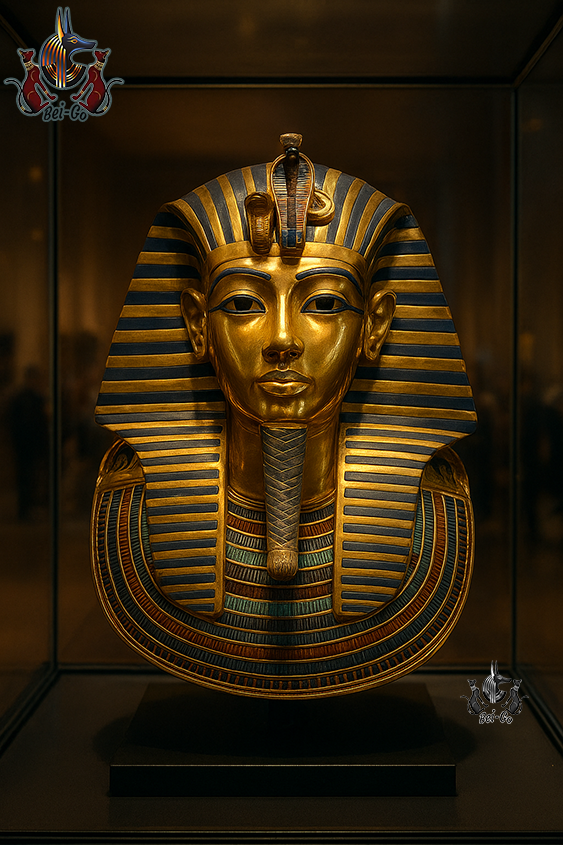
Mummies and Afterlife Beliefs
Another captivating section of the Egyptian Museum is the Royal Mummy Hall. Here, visitors come face-to-face with the preserved remains of powerful pharaohs such as Ramses II and Hatshepsut. These mummies are not simply relics but powerful testimonies of Egypt’s advanced embalming techniques and the civilization’s profound beliefs in the afterlife. The hall is designed to inspire both respect and awe, giving travelers a chance to reflect on ancient rituals of death and resurrection. Professional guides enhance the visit by explaining the significance of the mummification process and the spiritual journey Egyptians believed awaited every soul. With every detail carefully narrated, visitors understand how religion shaped daily life and governance in ancient Egypt. The experience is both solemn and enlightening, offering a rare opportunity to witness history in such an intimate form. The Mummy Hall is one of the most memorable experiences in the Egyptian Museum, merging science, spirituality, and human legacy. It underscores Egypt’s enduring quest to connect life, death, and eternity in ways that continue to fascinate the world today.
Daily Life and Artifacts
Beyond pharaohs and gold, the Egyptian Museum also showcases countless objects from the daily lives of ancient Egyptians. From tools, pottery, and clothing to musical instruments and furniture, these artifacts reveal the routines, skills, and creativity of ordinary citizens. Walking through these galleries feels like stepping into the homes and workshops of a society that thrived thousands of years ago. Each item demonstrates not only artistic craftsmanship but also practical ingenuity. Guided tours enrich the experience by highlighting the stories behind these objects, showing how they connected to family life, agriculture, and trade. Visitors gain an appreciation for how advanced Egyptian society was in technology, medicine, and art. These artifacts also demonstrate the continuity of culture, as many traditions still echo in modern Egyptian life. By showcasing both the extraordinary and the everyday, the museum offers a holistic picture of Egypt’s civilization. This section particularly resonates with those curious about how ancient people lived, loved, and created, beyond the grandeur of pyramids and tombs. It’s a reminder that history is as much about people as it is about kings.
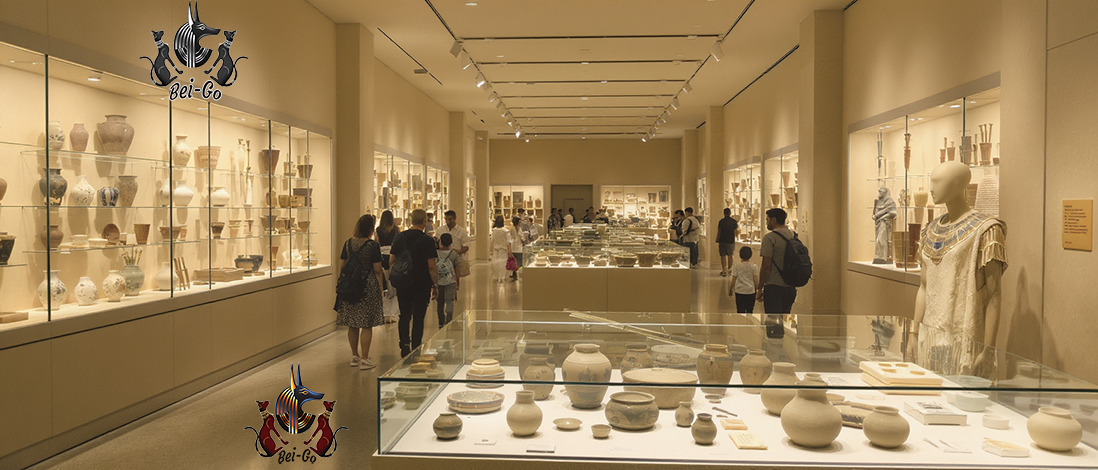
Architecture of the Museum
The building itself is a masterpiece, constructed in 1902 in a neoclassical style that reflects Egypt’s emergence as a center of archaeology. Its grand façade and spacious halls set the stage for the treasures within. Located in Tahrir Square, the museum stands as a cultural beacon amidst Cairo’s vibrant city life. The architecture serves not only as a functional exhibition space but also as a historic landmark in its own right. With expert guidance, visitors can learn about the vision behind the museum’s establishment, the architects who shaped it, and the challenges of preserving ancient treasures in a modern world. The building has witnessed over a century of discoveries, revolutions, and cultural transformations. Walking through its corridors feels like a journey through layers of history, both ancient and modern. For architecture enthusiasts and history lovers alike, the Egyptian Museum offers an experience that blends design, function, and cultural symbolism. It is not only a storehouse of the past but also a living monument to Egypt’s enduring role in global heritage.
Why Visit with Expert Guidance
Exploring the Egyptian Museum independently can feel overwhelming due to its vast collections and rich, complex history. This is where professional tour services truly shine. Their expert guides offer thoughtfully structured itineraries, ensuring visitors experience all the highlights while uncovering hidden gems that casual observers might miss. By blending deep historical knowledge with captivating storytelling, these tours create an experience that is both educational and thoroughly entertaining. Logistics—such as ticketing and navigating the museum’s bustling halls—are handled seamlessly, allowing travelers to focus entirely on discovery. For families, students, and history enthusiasts, customized tours tailor the visit to match each group’s unique interests and pace. The insider knowledge provided adds extraordinary value, elevating a simple museum visit into a deeply memorable cultural journey. Visitors leave not just with photographs, but with stories and insights that deepen their appreciation of Egypt’s enduring legacy. Opting for Bei-Go as your expert tour guide ensures your visit to the Egyptian Museum becomes a standout highlight of any Cairo adventure—one filled with depth, ease, and unforgettable moments.
Plan Your Visit
Visiting the Egyptian Museum is necessary for anyone traveling to Cairo. Situated in Tahrir Square, it is easily accessible by car, taxi, or metro. The museum is open daily, welcoming visitors eager to explore the largest collection of Pharaonic antiquities in the world. To maximize the experience, it is recommended to allow several hours to tour the exhibits, and even more if you join Bai-Go tour guides, whose tailored guidance ensures a deeper dive into Egypt’s treasures. Tickets are affordable, with options for additional access to special halls such as the Royal Mummy Room. Photography rules apply, so visitors should check ahead for updated guidelines. The museum is not just an attraction but a journey that connects every traveler to humanity’s shared history. With professional assistance, planning becomes effortless, from entry to final exploration, ensuring nothing is missed. A visit here is more than sightseeing—it is an encounter with the soul of a civilization that continues to inspire and awe the world. No trip to Egypt is truly complete without stepping into this temple of history.
